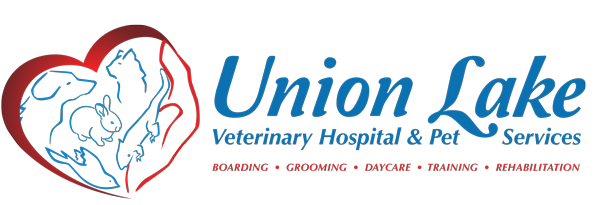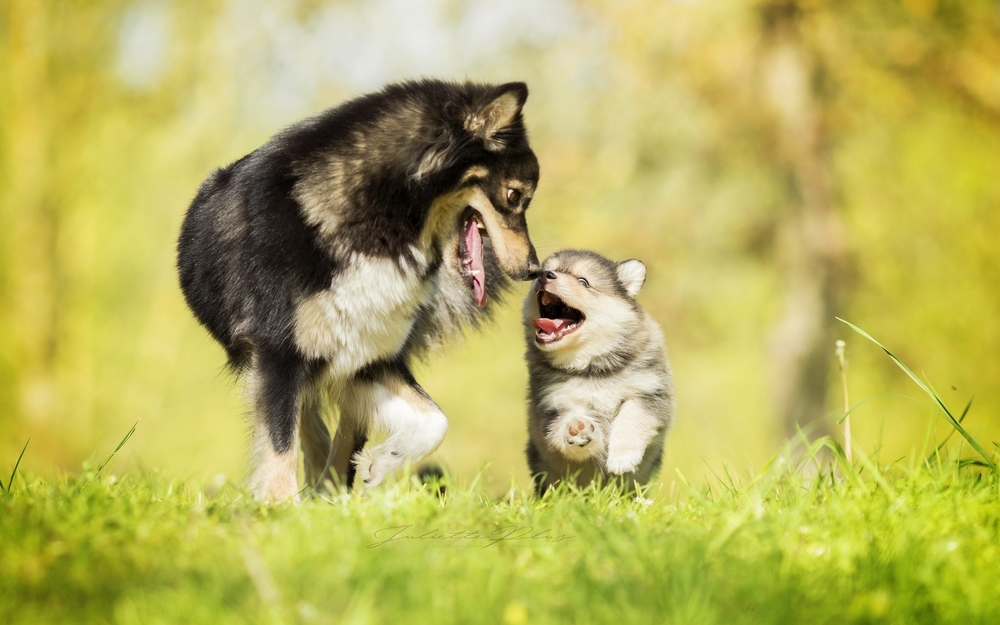Canine aging–everyone’s heard the idea that, for every one year of our lives, a dog ages seven years. Is that fact or simply a myth that’s been widely accepted?
While we don’t fully understand the canine aging process yet, the great news is that our pets are living longer lives. This is due to improved veterinary care, excellent nutrition, and the many ways we treat our pets to a better way of life. We do know that dogs go through three distinct life stages, so let’s explore!
From Newborn to Adolescent
Ah, the sweet puppy years. They definitely go too fast in some ways (but with all the accidents, they don’t go fast enough!). Your puppy is considered a puppy from the time they are born through about 9 months for small breeds and up to 12 months for larger dogs.
The early developmental stage is incredibly important in that they are growing both physically and behaviorally/emotionally. This time is critical for nutrition for growing bones, training, and socialization. Puppies need to learn how to be in the world. They need to learn good behavior, at home and in public. Positive training techniques allow them to understand commands, walk on a leash, and become a member of your “pack.”
Their health needs through the early years are important in protecting them against disease. You can expect a young puppy to need a few booster vaccines and a parasite prevention schedule that accounts for age and size.
Adult Stage
After the one-year mark, a dog ages 6-7 human years for every one year of their own, give or take. They will need to switch to regular adult food, often particular to size or other criteria. Adult dogs have completed their physical growth. They have developed behaviors and emotional needs based on their personalities and early development (which is why training and socialization are so important).
Most healthy adults will continue to need regular exercise – at least 20 minutes per day – in the form of walking, play, etc. All dogs need enrichment but energetic breeds will especially need to have both additional exercise and enrichment to keep them sharp, focused, and in good health.
Senior Stage
Large breeds like Golden Retrievers and German Shepherds, do not live as long as smaller breeds like a Chihuahua. Their senior stage may start as early as age 6, while a terrier is still considered in the adult phase at that age. As a whole, the senior stage of a pet’s life naturally coincides with certain physical and behavioral changes. Their nutritional needs will change to meet the aging process and to better support deficits like decreased energy that are expected with age.
After the age of 10, most pets will be considered geriatric, with marked changes in physical health, mobility, and cognition. There may be decreased vision and hearing, along with other conditions that come with dog aging.
The Canine Life Stage Calculator
While there is no exact science behind how pets age, there are a few helpful guides online to a dog’s aging. Dogs, like many other mammals, must develop rapidly in the first year. In fact, it’s thought that the first year of your dog’s life is the equivalent of aging 15 years for a human. That explains why the first year is critical to the health of your dog. After the first year, things start to level off a bit, although your dog will age much faster than you. The second year of life is more equivalent to about 8 human years of aging, then about 4-6 years thereafter.
A ten-year-old dog would be approximately 56-66 human years, with the larger breeds being on the older side.
Canine Aging: Bringing It All Together
What does this all mean? Well, we wish our furry ones could live as long as we do, but the reality is that they age faster. The key to understanding their life changes is to focus on what their needs are with diet, exercise, veterinary care, behavioral enrichment, and so on. This gives you insight into providing the best care for your four-legged friend.
If the team at ULVH can answer any questions or help you determine the right wellness plan for your dog, please call us to schedule an appointment.

